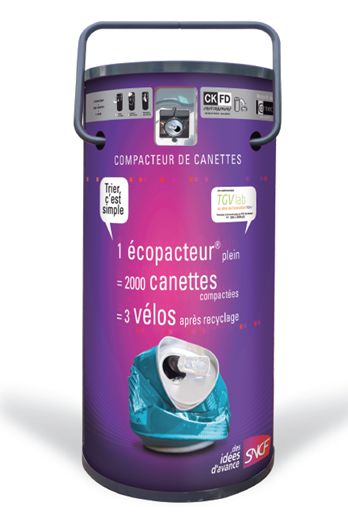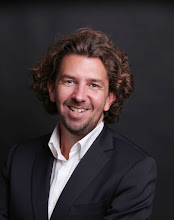
Thursday, May 28, 2009
Hydrelis : Water leak detection

Monday, May 25, 2009
Brochier technologies : photocatalytic pollution control solution




Wednesday, May 20, 2009
Institut Lavoisier develops a high capacity CO2 trap

Tuesday, May 19, 2009
Hiolles industries : A fast growing player in the french cleantech industry

Since 1976, by developing originally industry services, HIOLLE Industries, which was a little company of 4 persons settled in Valenciennes, has become a performing and industrial group hiring more than 800 employees.
The group is composed by twenty seven subsidiaries, each one works on a specific sector: hydraulics, industrial electricity, industrial maintenance, automatism, pneumatic power, industrial plumbing, metal construction, metallurgic control and thermal treatment, precision fabrication, logistics, engineering … However they work together and are federated by important projects, what brings a true synergy between methods and services.
Nowadays, HIOLLE Industries is recognized in France and abroad. It acts in sectors such as: metallurgy, plastics industry, railways industry, textil industry, steel industry …
Being multidisciplinary, Hiolle Industries has become a worldwide leader in a specialized sector: the industrial transfer. Yet, more than 150 partial or complete transfers were achieved in Europe, Asia, India, South America …
For many years, Hiolle Industries has also been present on environmental protection sector. In order to answer to the topical environmental issues, it offers global and sustainable solutions for treatment:

|
After an important growth in service industry sector and in environment activities, Hiolle Industries group has adopted a development strategy towards renewable energies sector, of which the photovoltaic solar electricity.
Monday, May 18, 2009
Thursday, May 14, 2009
CKFD : An innovative system to recycle cans

Tuesday, May 12, 2009
France Greentech : A showcase for the French environmental offer


Monday, May 11, 2009
Domelys recovers heat on wastewater


Tuesday, May 5, 2009
Windcap Energy : Aerocap tower











